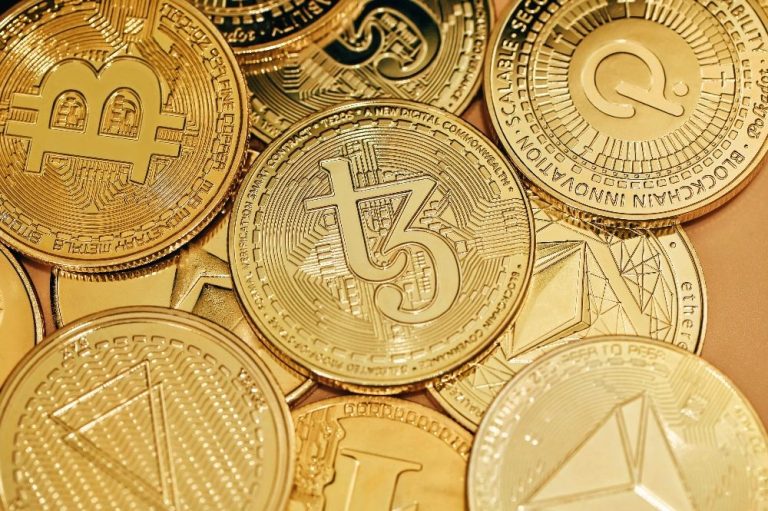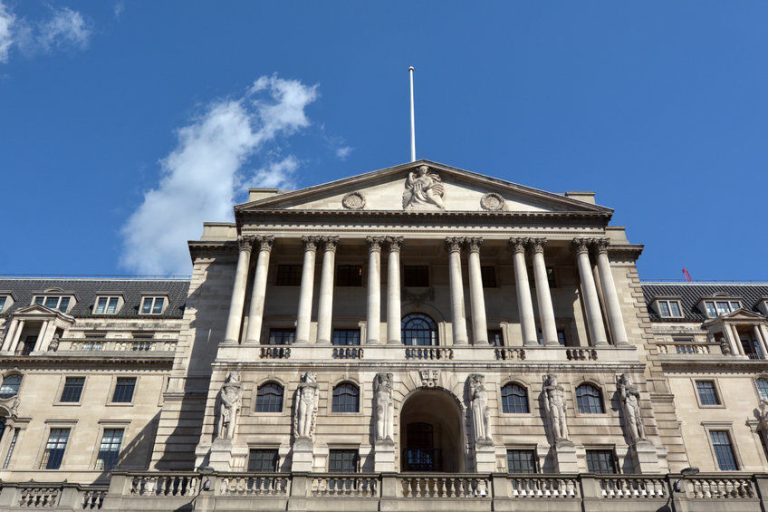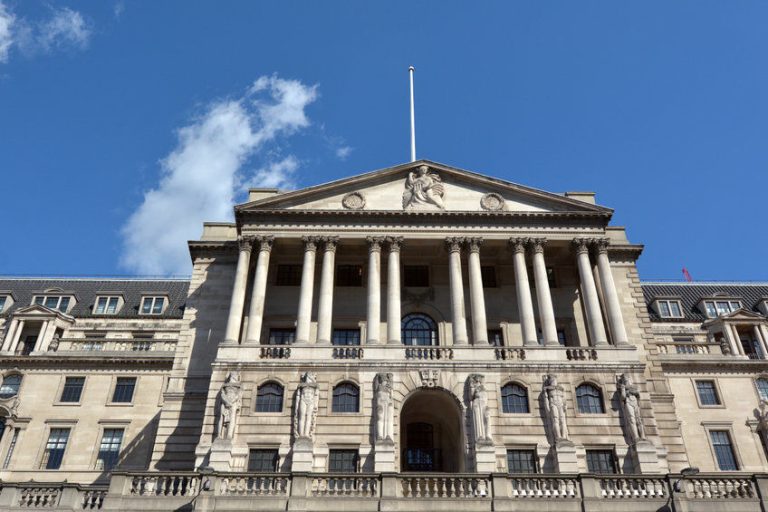ZipRecruiter (ZIP) stock price has imploded and crashed to a record low as concerns about its growth in a difficult job market continue. It has slipped to an all-time low of $7.13, down by almost 80% from its all-time high. This crash has brought its valuation to below $700 million.
ZipRecruiter’s growth problem
ZipRecruiter is a well-known company by individuals and companies in the United States and worldwide. Its technology lets companies create job descriptions and post them on multiple job listing platforms.
Users can also search for jobs and apply on its platform. The challenge, however, is that this market is highly competitive, with a platform like LinkedIn, which is owned by Microsoft, having a substantial market share.
ZipRecruiter’s business has been rough in the past few years as its growth slowed and competition rose. Its annual revenue jumped from $429.6 million in 2019 to $904 million in 2022 as the pandemic happened.
Its annual revenue then dropped to $645 million in 2023 and to $498 million in the trailing twelve months.
The company blamed the slowdown on the labor market as recent numbers showed that the unemployment rate rose to 4.2%. Many large companies are no longer hiring as they did in the past as they focus on efficiency.
The most recent results showed that its business continued to deteriorate. Revenue dropped by a whopping 25% to $117 million, and the number of quarterly-paid employees dropped by 27% to 65.2k.
The results also showed that its losses continued to mount, with a net loss of over $2.6 million. Its adjusted earnings before interest, tax, depreciation, and amortization (EBITDA) were $15 million.
The company expects that its revenue for the fourth quarter will be between $104 million and $110 million. That will be a big drop from the $135 million it made the same period a year ago. The average estimate among analysts is that its revenue will be $107.7 million, down by 20% on a YoY basis.
Annual revenue will drop by 27.1% year over year to about $470 million. Analysts also expect that in 2025, revenue will fall to $465 million, continuing a long-standing trend.
The challenging labor market and AI
Other recruiting companies have also plunged this year. Kelly Services stock has imploded by 40%, while Robert Half has dropped by almost 20% in the same period. Manpower Group stock has fallen by 28% this year.
ZipRecruitor’s biggest challenge is that more companies have embraced LinkedIn because of its unique dataset. LinkedIn has over 1 billion users worldwide and many companies find recruiting there being easy. It also faces competition from firms like Indeed, Glassdoor, Monster, and even Craigslist.
ZipRecruitor is not adding paid customers as the number dropped by 27% on a YoY basis, which the firm blamed to SMBs and the uncertainty in the labor market. The revenue that these companies pay is also not growing.
Artificial intelligence has also disrupted the company’s business, allowing companies to hire faster and bypass traditional listing boards.
The hiring market may face a difficult year in 2025 as companies prepare for a new trade war.
ZipRecruiter stock price analysis
The daily chart shows that the ZIP share price has been in a steady downward trend this year. It recently crossed the important support level at $7.22, its lowest swing on August 7. It invalidated the double-bottom chart pattern, a popular bullish sign.
ZipRecruiter stock price has remained below the 50-day and 200-day Exponential Moving Averages (EMA). Also, the MACD and the Relative Strength Index (RSI) have continued moving downwards. It is also below the descending trendline that connects the highest swing in July 2023.
Therefore, the stock will likely continue falling as sellers target the crucial support level at $6.
The post As the ZipRecruiter stock price implodes, will it rebound in 2025? appeared first on Invezz









